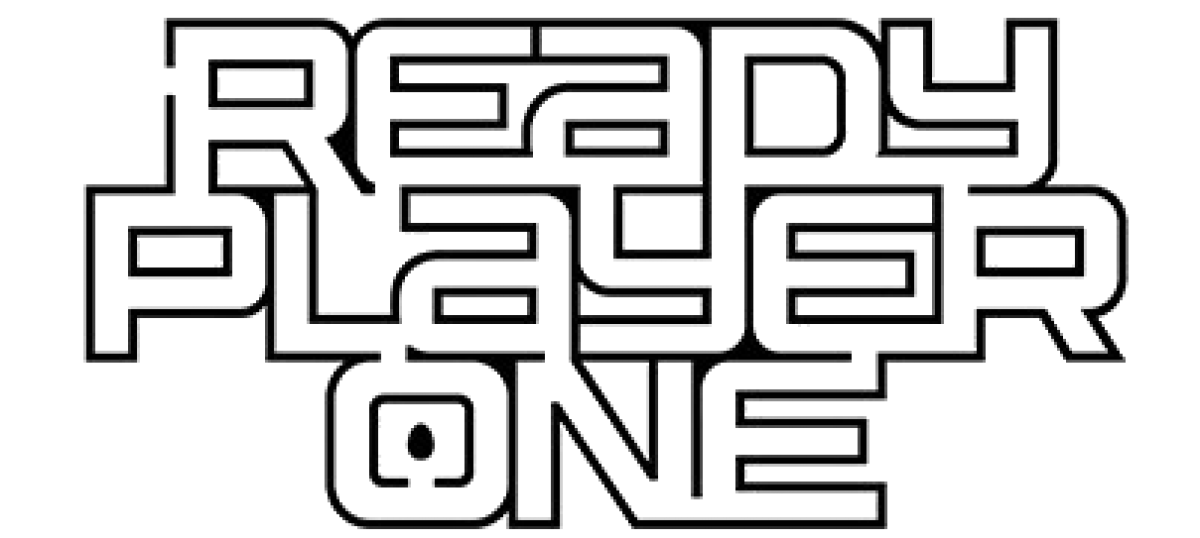Using virtual reality in an educational setting can have mostly irrefutable impacts on students but can be accompanied with some drawbacks. The specific effects include the ability to connect on a realistic level to a learning environment, engage and explore experiences that show a different perception, and promote collaboration and engagement between student and teachers on a much different level as opposed to traditional teaching. Additionally a couple drawbacks are also prevalent in the use of VR as an educational tool such as cost and technical problems.
The ability to engage and explore experiences with virtual reality shows a different perception and is what makes this a great educational implement. How Virtual Reality Can Create The Ultimate Empathy Machine with Chris Milk was a clear example of showing students other parts of the world and how they go about their daily lives in the refugee camps and war-torn areas of Syria and Jordan. It explored the different environments and allowed you to walk around and stand next to the hosts of the these stories. The story of Sidra, the twelve year-old girl from Syria forced you to merge into their lives and feel how they feel when they go about their everyday struggles of life. It made a connection between the viewer and the host much stronger than watching a fifteen min video on war in the middle east and africa. This connection gave you an understanding and an urge to help whoever was on the opposite end of the VR equipment something not easily done any other viewing way.
Another conclusive effect is the connection on a realistic level to a learning environment. In Ernest Cline’s Ready Player One the main character Wade uses a virtual school to attend his classes. This comes with many benefits and could be used in many cases in which someone has a physical disability or they want to experience school in a way that suits them. In Wade’s case he uses this virtual school as a great alternative because of his low self-esteem and poor social skills: “I didn’t have problem talking to people or making friends. But in the real world, interacting with other people especially kids my own age made me a nervous wreck”(Cline 30). This is a great approach that could be used today with kids that have similar issues. This could promote more engagement in class without without the fear of sparking psychological issues rooted in physical classrooms.
Thirdly, an explicit effect is the promotion of collaboration and engagement between the student and teachers from implementing processes or methods using virtual reality for example a particular math formula or coding example. This is described in an scholarly article by Jelia R. Domingo and Elizabeth G. Bradley in which they highlight that virtual reality is learning tool from the participation of students and teachers in a mostly university setting. “As higher education programs move increasingly to an online format, lack of connection between students, instructors, and learners has become a challenge”(Domingo,Bradley 1). This shows that the connection between virtual reality and the classroom could be of great benefit offering more than just an online course and significantly more than a traditional course. “This simulated environment, along with identification of one’s avatar within that environment, contributes to a sense of presence”(Domingo,Bradley 2). “Thus, those who collaborate within that space have a sense of “being with” each other, rather than simply communicating. The sense of presence, both in the experience of the physical space as well as in interactions with others in the space, is the key to experiencing authentic and satisfying learning activities in the 3D virtual environment” (Domingo, Bradley 2). These meaningful interactions can produce positive and fun experiences from the students wanting them to utilize virtual reality more often which shows a great need for this in the institutional technology for schools.
Lastly, the effect of VR technology comes with some great positives and if used correctly can vastly improve education in all kinds of classes ranging from history, computer science, english, and much more. Along the way cost may be a drawback because of the high cost for some of these products especially if they are to be used in a large setting such as a elementary school or high school but there are cheaper alternatives and the cost does not outweigh the benefit. As with all technology there will also be some technical problems but can be easily maneuvered around and patched. All around using VR as an education tool can promote collaboration and engagement,connection on a realistic level, and show a different perception someone would not have otherwise seen. It is something worth exploring and using and would be a detriment for not integrating into the educational system.
